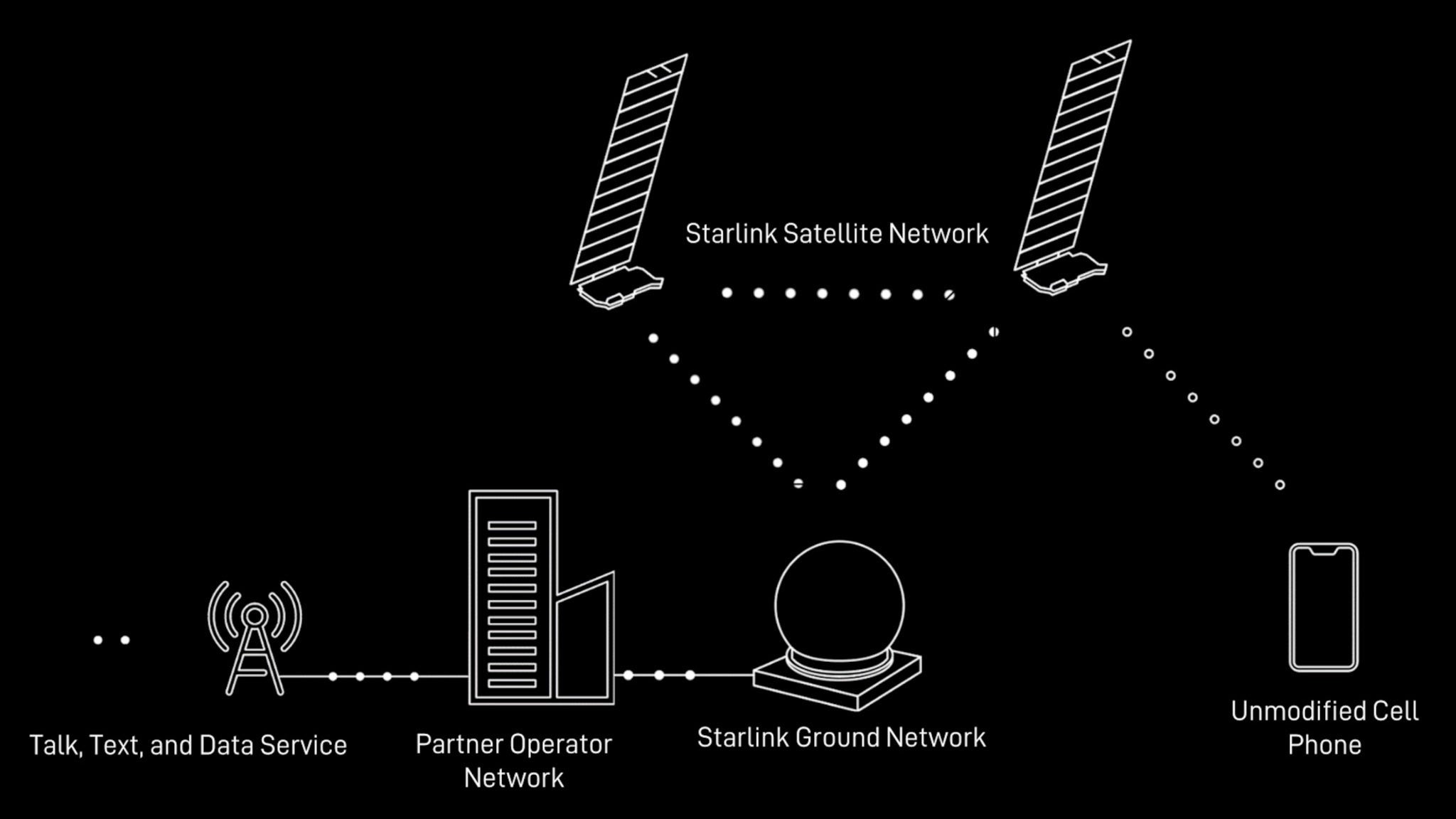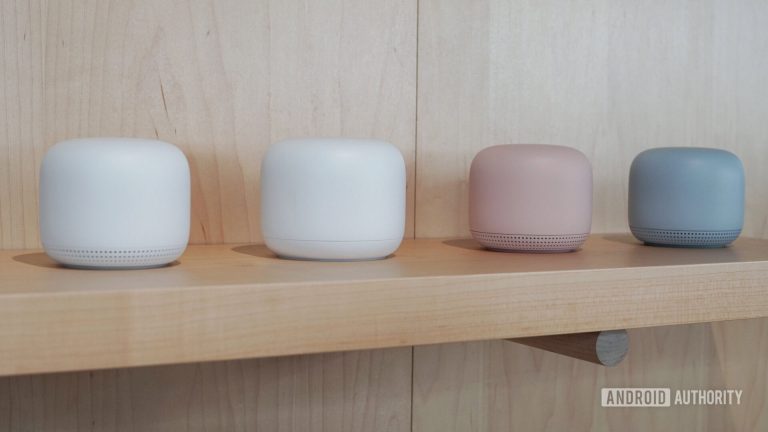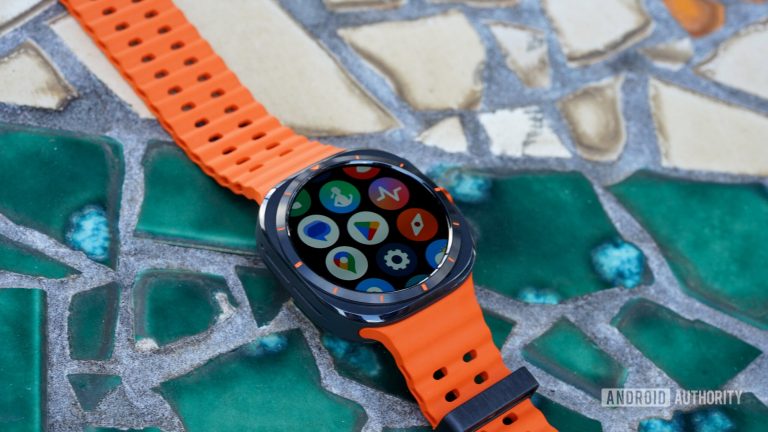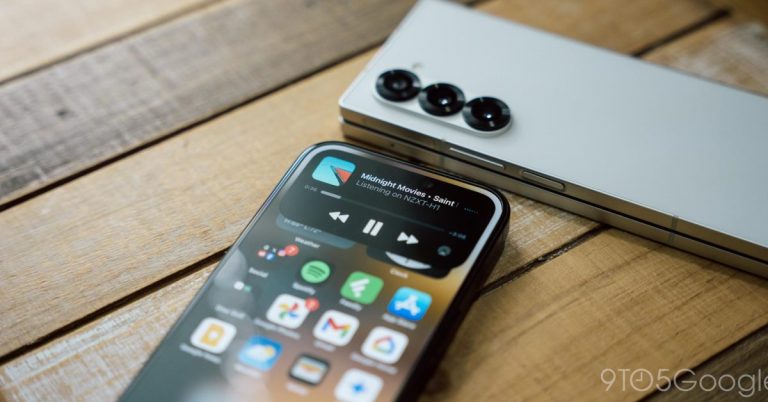Don’t get your Pixel 9 and Galaxy S25 satellite hopes high unless on T-Mobile
Buried deep in the Pixel 9 series software code are references to Samsung’s Exynos 5400 modem, a newer generation than what is in the Pixel 8, and a unit that comes with satellite connectivity on top of all the 5G download speed improvements.
Google Pixel, Samsung Galaxy, and the emergency text
Apple uses the n53 satellite connectivity band of Globalstar as a partner for the Emergency SOS service that works on iPhones without cellular coverage, and it remains to be seen whose service will Google or Samsung sign up their phones for.

SpaceX offers satellites that can serve as cell phone towers in space | Image credit – SpaceX
Apple fronted Globalstar millions for new satellites as the iPhone’s emergency messaging service was hogging a large part of its network, too, so Google and Samsung may go with a larger, more established player, or rely on direct-to-cell service providers like SpaceX.
When Qualcomm partnered with Iridium for the Snapdragon Satellite service on its own chipsets last year, however, the deal quickly fell apart despite that Qualcomm demonstrated the service for us at last year’s MWC and said it is in talks with many partners among major phone makers.

Phone maker, however, went with standards-based, rather than chipset-based satellite solution. On iPhones, it can be used for emergency SOS messages which can be sent in less than 15 seconds if you have clear skies when you are out in the boondocks completely off the grid and away from any cellular connectivity.
As for Samsung, for now it’s known to be working towards enabling satellite connectivity on its phones, just as its Exynos 5400 modem will make that possible on the Pixel 9. Whether it will ink separate deals with satellite companies, or rely on Google’s solution remains to be seen, but its own code strings are also referring to messaging only.
T-Mobile and Starlink
Back in 2022, Elon Musk’s SpaceX announced a partnership with T-Mobile to provide direct-to-cell services in underserved areas via dedicated satellites. Well, SpaceX has now sent more than a 100 such Starlink satellites into orbit, and T-Mobile is preparing to launch its service in the September-November period.
The Direct to Cell network will expand Starlink’s vision by providing ubiquitous connectivity and seamless access to text, voice, and data for LTE phones and devices across the globe.
SpaceX, 2024
The Starlink team then adds that full-on text messaging sessions will be available this year, while voice, data, and Internet of Things (IoT) connectivity will be added to the mix in 2025.
Since then, however, Starlink has demonstrated the first tweet sent from space satellite acting as a cell phone tower, while Elon Musk even bragged with data download speeds to a regular unmodified phone that would allow video streaming.
The testing screenshot of the SpaceX direct-to-cell service here shows speeds four time larger than what was initially announced during the event about the partnership with T-Mobile and the coverage of its dead network spaces.
Elon Musk was quick to point out that “this is the current peak speed per beam and the beams are large, so this system is only effective where there is no existing cellular service.” When other users are in those “dead” network spaces at the same time, however, the direct-to-cell service speeds will have to be distributed. SpaceX says it will keep launching satellites to expand the capabilities to voice calls and data usage, though.
Source: www.phonearena.com





